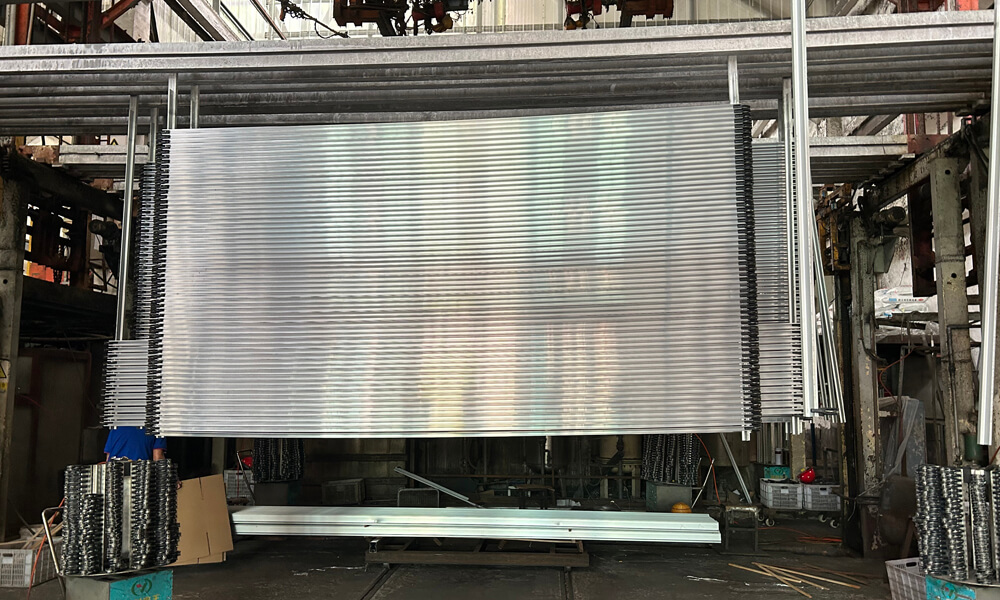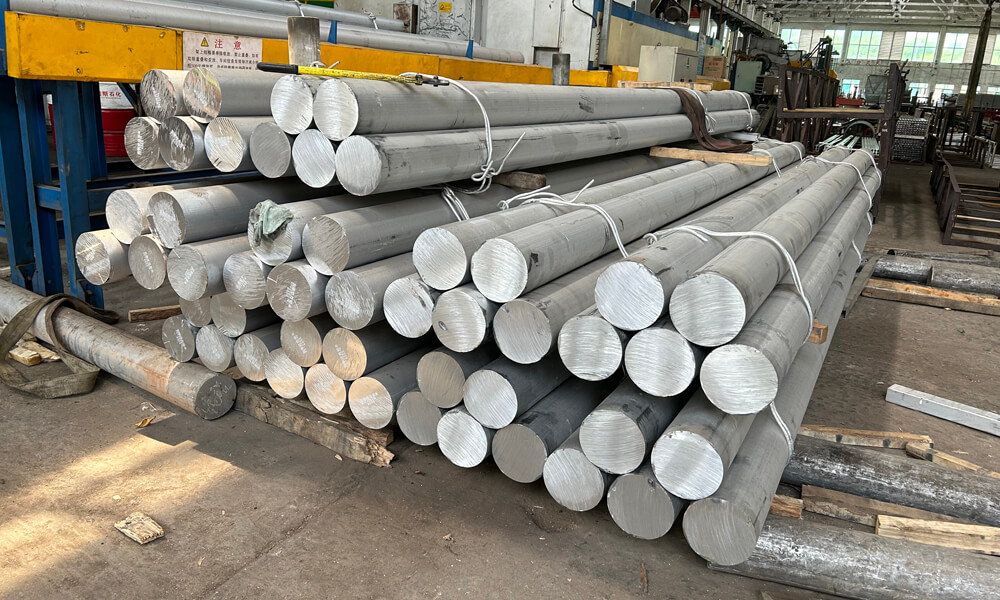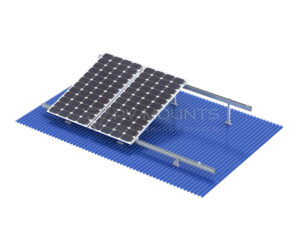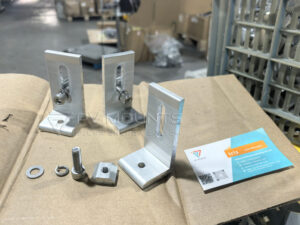Solar energy fits the bill perfectly as we look forward to looking for green, sustainable ways to power our lives. However, harnessing this abundant resource isn’t just about slapping some panels onto a roof. You need a solid mounting system to hold them in place. So here comes Aluminum strolling in like an unsung hero. But why is it so special for the solar panel-mounted system? Let’s explore and find out.
Table of Contents
The Nitty-Gritty of Solar Mounting Systems
There are several types of solar mounting systems, from ground mounts and roof-mounted panel systems to carport mounting systems and even solar trackers and BIPB (Building Integrated Photovoltaic). Each comes with its own set of challenges and material requirements. Weight, durability, and cost are significant in choosing the right material for these systems.
Why Choose Aluminum for Solar Mounted Racking?
Characteristics of Aluminum
Aluminum is lightweight yet durable, corrosion-resistant, and highly malleable. Sounds like a triple threat, doesn’t it? While other materials like steel or composites are in the game, aluminum often pulls ahead due to its unique properties. Think of it as the Swiss Army knife of metals.
Is Aluminum Eco-Friendly?
Recyclable and long-lasting, aluminum ticks the environmental boxes too. It’s the gift that keeps on giving!
Quality and Reliability
Aluminum for solar mounting systems should meet international quality standards, ensuring you invest in a reliable product. Aluminum structures are robust and can withstand extreme weather conditions, making them long-lasting solutions.
Easy of Installation
Its lightweight nature and malleability make aluminum easier to work with, making the installation quicker and more efficient. Most DIY enthusiasts find aluminum easier to install than other materials. However, it’s always advisable to consult with a professional.
Understanding Grades of Aluminum
Before making a decision, we need to know what grades are often used in industrial applications:
- 6061 Aluminum: Although highly-strength and corrosion-resistant, 6061 is often used in structural applications and general-purpose molds.
- 7075 Aluminum: Extremely strong but less corrosion-resistant compared to other grades, 7075 aluminum is often used where strength is the primary consideration.
- 5052 Aluminum: Known for excellent corrosion resistance, especially to salt water, 5052 aluminum is also stronger than 1100 and 3003 grades.
- 1100 Aluminum: Soft and pliable, this grade is one of the purest aluminum alloys.
- 3003 Aluminum: This grade offers moderate strength and excellent corrosion resistance, and it’s easier to form than 6061.
The grade of aluminum can be a game-changer. Some grades offer better corrosion resistance, while others provide superior strength. For solar mounting systems, grades like 6061 and 7075 are generally recommended. The most racking components like rail, L-feet, clamps, and lug are like AL6005-T5.

Aluminum may not be the cheapest material, but it offers bang for your buck when you factor in its benefits. Also, think about the long term. Lower maintenance costs can lead to significant savings over time.
Challenges and Solutions
No material is without its challenges. Aluminum can be susceptible to galvanic corrosion when in contact with dissimilar metals. Using isolators or special coatings can mitigate these issues.
- Isolators: They act as electrical insulators to prevent short-circuits, offer thermal barriers to regulate heat, resist corrosion in harsh environments, and minimize mechanical wear by absorbing vibrations
- Special Coatings: They enhance machinery by prolonging part lifespan, improving operational efficiency, easing maintenance through a smoother surface, and providing resistance against harsh chemicals commonly found in industrial environments.
When designing your solar mounting system, choosing a compatible grade of aluminum is crucial, considering factors such as weight, aesthetic appeal, and ease of installation. Additionally, a thorough understanding of aluminum’s mechanical properties is essential for selecting the appropriate bolts, nuts, and fasteners, which will ultimately contribute to a more sturdy and reliable mounting system.

Installation Challenges:
While aluminum generally offers an easier installation process compared to other materials, potential challenges like improper alignment or bolting can still arise. Being aware of these issues in advance can save valuable time and resources. To ensure a smooth installation, it’s beneficial to use pre-drilled holes, the right set of tools, and enlist the expertise of a skilled installation team for your aluminum solar mounting system.
Solar Mounting Design with Aluminum
When designing your solar mounting system, it’s crucial to choose a compatible grade of aluminum, taking into account factors such as weight, aesthetic appeal, and ease of installation. Additionally, a thorough understanding of aluminum’s mechanical properties is essential for selecting the appropriate bolts, nuts, and fasteners, which will ultimately contribute to a more sturdy and reliable mounting system.
Regarding solar mounting systems, aluminum often emerges as the ideal choice. Its unique characteristics, affordability, and eco-friendly nature offer a complete package. But like everything in life, weighing the pros and cons is essential to make an informed decision.













